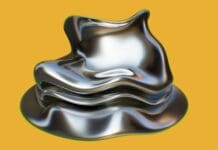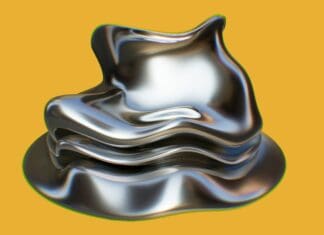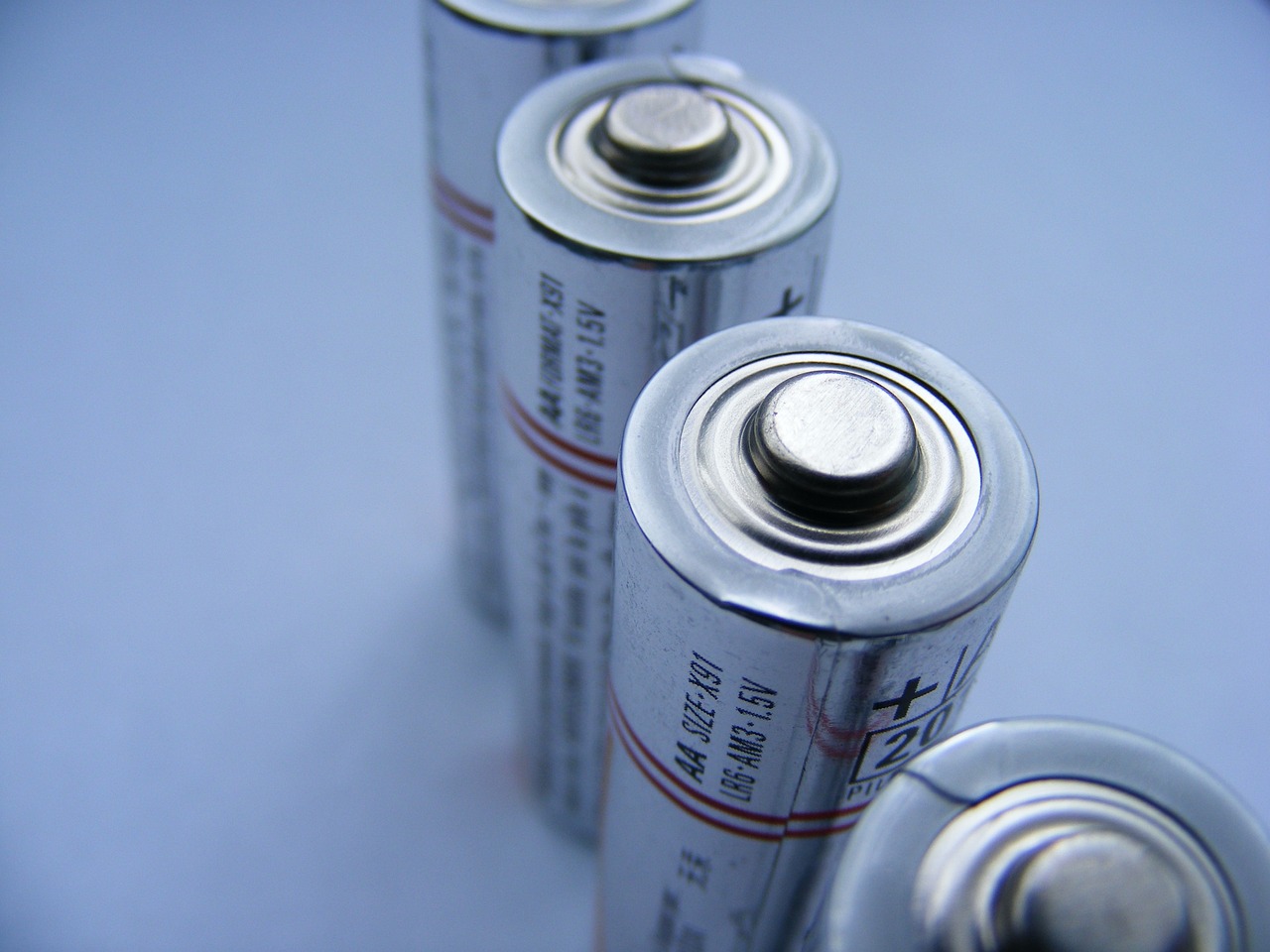This post is also available in:
 עברית (Hebrew)
עברית (Hebrew)
A team of researchers at Aalto University in Finland has developed an ultra-thin material that can dynamically switch between intense cooling and rapid heating—without drawing attention from thermal imaging systems. The innovation, inspired by the changing brightness of cumulus clouds, could offer a passive and energy-free way to regulate heat across buildings, vehicles, and even stealth technologies.
At the heart of the breakthrough is a nanoscale metasurface—just hundreds of nanometres thick—that appears bright white in one state and deep grey in another. In its white phase, the surface strongly reflects sunlight, helping cool objects beneath it, yet it emits almost no thermal radiation detectable by infrared cameras. When switched to grey, the surface absorbs sunlight more efficiently than typical matte black coatings, warming rapidly, but still avoids emitting infrared signals that would betray its temperature.
According to the press release, this dual behavior is made possible by a network of metallic nanostructures engineered to manipulate light in complex ways. By using polarizonic reflection, the white state bounces sunlight away through multiple scattering. In contrast, the grey mode traps light, converts it into heat, but keeps that heat hidden from thermal surveillance by maintaining low emissivity in the 8–13 micron infrared range.
The coating offers a significant advantage over traditional thermal paints. Conventional white coatings like titanium dioxide can reflect sunlight but glow brightly in thermal imaging, while black coatings absorb sunlight and radiate heat, making them highly visible to infrared systems. This new metasurface sidesteps both limitations.
The material’s low profile makes it ideal for integration into architectural surfaces, wearable textiles, or even stealth coating for UAVs —anywhere where heat management or thermal camouflage is critical. Importantly, the surface operates passively, without requiring external energy inputs.
Future versions may include layers that allow the shift between modes to be triggered electrically or by environmental changes. With durability testing underway, the researchers hope the material can withstand real-world conditions.
The study appeared in Advanced Materials in June 2025.


























